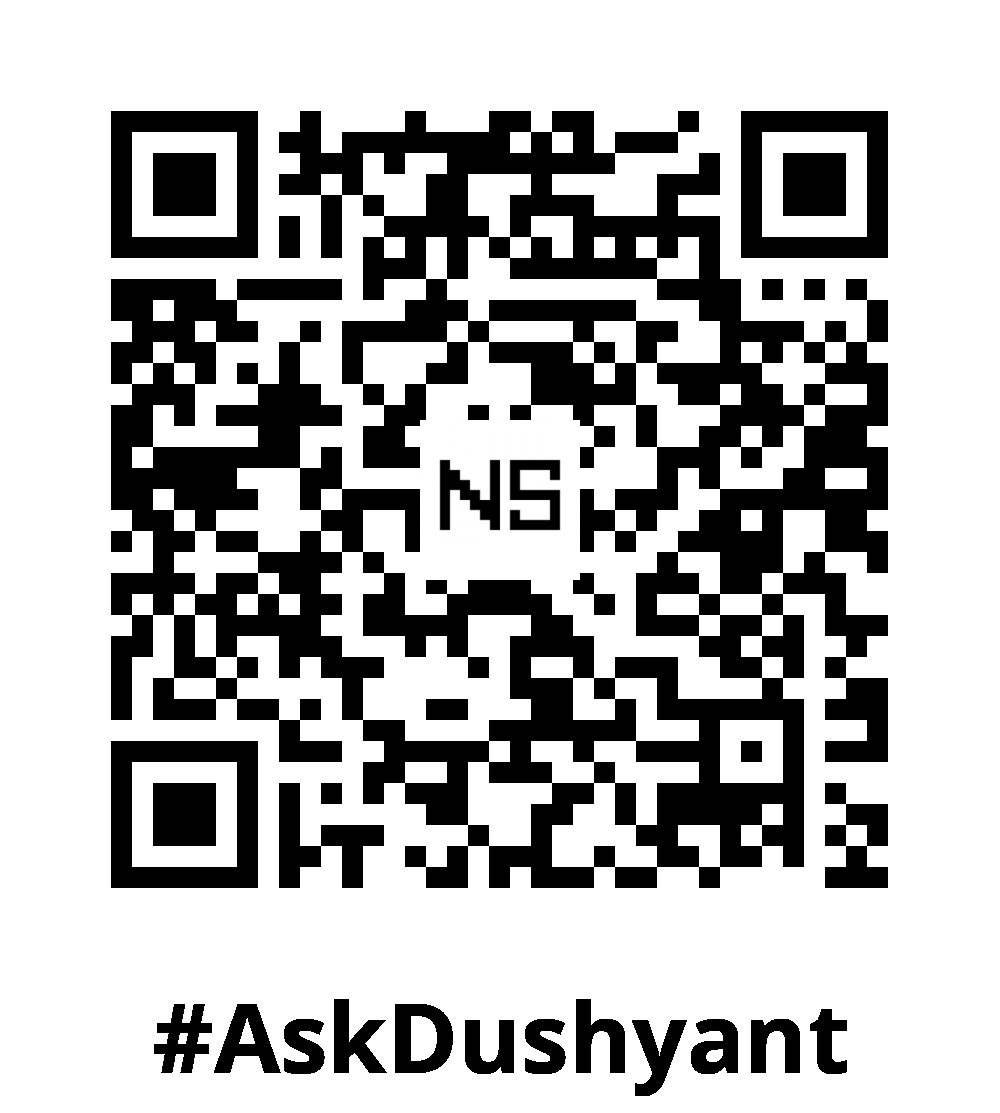As a tech advisor and entrepreneur, I’m frequently asked about the best technology stack for building robust applications. One common issue is that companies often find themselves locked into proprietary tools to access admin functionalities within their chosen stack. My recommendation is to leverage the operating system-level interpreters available at your disposal, using the command line to handle these tasks. Shell interpreters are particularly effective for this purpose, whether it’s taking backups, cleaning up logs, optimizing space, monitoring, or performing various system-related tasks.
A shell interpreter, also known as a command-line interpreter or simply a shell, is a program that processes commands from the keyboard and passes them to the operating system for execution. It serves as a vital interface between the user and the operating system, enabling efficient command execution, script running, and system management. In this tech concept, we’ll explore different shell interpreters and brief info how to make the most of them.
Types of Shell Interpreters
- Bourne Shell (sh):
- Usage: Primarily used for scripting.
- Pros: Lightweight, simple syntax, universally available.
- Cons: Lacks the advanced features of more modern shells.
- Bourne Again Shell (bash):
- Usage: Default shell on many Linux distributions, widely used for scripting.
- Pros: Extensive feature set, backward compatibility with sh scripts, broad adoption.
- Cons: Slightly slower for simple tasks compared to lighter shells.
- Korn Shell (ksh):
- Usage: Offers advanced scripting capabilities, commonly used in UNIX environments.
- Pros: Robust scripting features, high compatibility with sh.
- Cons: Less widespread usage, potentially steeper learning curve.
- C Shell (csh) and TENEX C Shell (tcsh):
- Usage: Suitable for both interactive use and scripting, with C-like syntax.
- Pros: User-friendly features like command history and job control.
- Cons: Different syntax from sh, less effective for scripting compared to bash or ksh.
- Z Shell (zsh):
- Usage: Popular for interactive use and scripting with advanced features.
- Pros: Highly customizable, extensive feature set, active community support.
- Cons: Can be complex to configure, not as commonly the default shell.
- Fish (Friendly Interactive SHell):
- Usage: Designed for interactive use with a focus on user-friendliness.
- Pros: Intuitive, easy to use, powerful autosuggestions.
- Cons: Not POSIX-compliant, less suited for traditional scripting tasks.
Common Uses of Shell Interpreters
- Command Execution:
- Example: Running commands like
ls,cd,mkdir, etc. - Purpose: Direct interaction with the operating system for tasks like file management, program execution, and system monitoring.
- Example: Running commands like
- Scripting:
- Example: Writing scripts to automate repetitive tasks.
- Purpose: Automating tasks such as backups, system monitoring, and batch processing.
- System Administration:
- Example: Managing user accounts, installing software, monitoring system performance.
- Purpose: Maintaining and configuring operating systems and servers.
- Programming:
- Example: Writing and testing small code snippets.
- Purpose: Quickly testing programming concepts, running scripts in languages like Python, Perl, or Ruby.
- Text Processing:
- Example: Using tools like
grep,awk,sed. - Purpose: Manipulating and analyzing text files, extracting data, performing complex text transformations.
- Example: Using tools like
Examples of Shell Commands
- File Management:
ls– Lists files in a directory.cp– Copies files or directories.mv– Moves or renames files or directories.rm– Removes files or directories.
- System Monitoring:
top– Displays active processes.df– Shows disk space usage.free– Displays memory usage.ps– Reports a snapshot of current processes.
- Networking:
ping– Tests connectivity to a network host.ifconfig– Configures or displays network interfaces.netstat– Displays network connections, routing tables, and interface statistics.
- Scripting:
#!/bin/bash– Shebang line to specify the interpreter.- Variables:
VAR=value - Control Structures:
if,for,while - Functions:
function_name() { commands; }
My Tech Advice: If your tech team has a background in Computer Science, they will likely find shell interpreters familiar, even though they might be underutilized due to a primary focus on programming languages. Shell interpreters are invaluable tools for direct interaction with operating systems. They are crucial for system administration, scripting, and daily tasks, offering a versatile environment for both novice and experienced users. Mastering shell interpreters can greatly enhance users’ efficiency and control over their computing environments.
#AskDushyant
#ShellInterpreters #SystemAdministration #CommandLine #Scripting #OperatingSystems #Shell #Bash #Interpreters


Leave a Reply